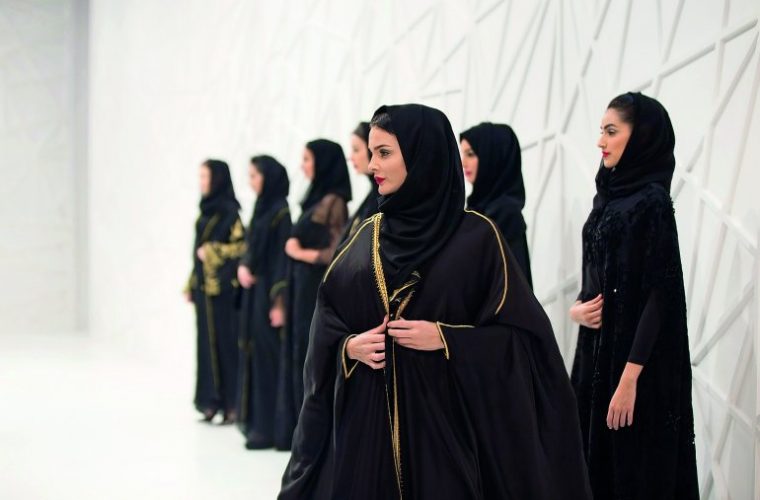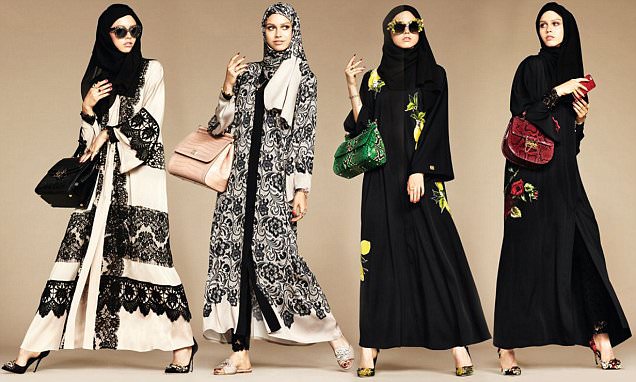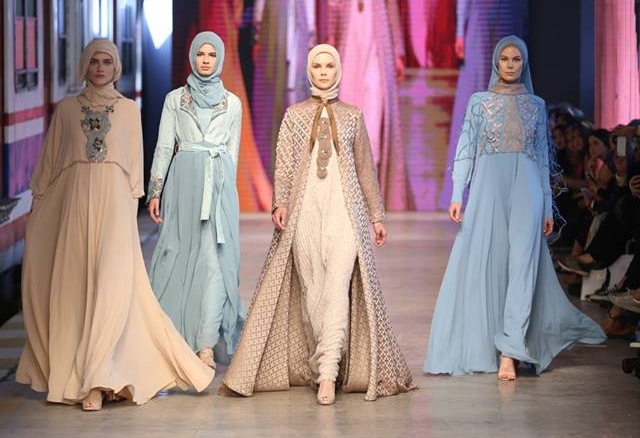Traditionally, Abayas are loose-fitting robes that women can wear over their regular clothes. They have long sleeves and are almost dress like, though they cover more of the body than a traditional dress.
The Abaya is a popular dress item in many Middle Eastern countries including UAE, as it only leaves the hands, feet, and face exposed. Many complement their Abayas with a niqab (a garment of clothing that covers the face) or burka (an enveloping outer garment that covers the body and the face that is worn by women in some Islamic traditions) . However, this is by no means essential, particularly for those who do not follow the Islamic faith.


As with many garments, the story behind the Abaya is somewhat clouded. It is believed that the garment has existed for over four millennia, as there is evidence of ancient cultures using it. In particular, the Mesopotamians appeared to wear garments that are similar in style and length to the Abaya, though the clothes wouldn’t have carried the same name at the time.
The rise of Islam in the seventh century gave more prominence to the Abaya. The religion adopted the veiling practices that we know today, with some speculating that this may have been influenced by the existence of garments like the Abaya at the time. Regardless, it is during this period when the Abaya gained the religious connotations that many attach to the garment today.


Interestingly, many believe that pre-Islam Abayas were much more revealing than the ones we see today. It was not until the rise of Islam that wearers were required to draw their veils and ensure the Abaya covered as much of their skin as possible. This was done to protect women from disrespectful acts. Abaya is a garment that has a rich history. Naturally, it has also undergone several evolutions over the course of 4,000 years.
Traditionally, Abayas came in black only, but designers have become more conscious to the fact that wearers enjoy a little flair with their Abayas.


Today, the abaya is not just a body covering garment, it has transcended mere functionality and become an expression of individualism as well as acquired a standing of its own. Abaya designers have taken the abaya to a whole new level with emphasis on global fashion trends along with an awareness of changes in the environment and the world in general.
The abaya industry has evolved just like the abaya itself. Not only can you buy an abaya from various shopping malls, souqs and bazaars, now you can have them custom made by an abaya designer which is becoming quite the trend in today’s world, especially among the elite.
According to iloveqatar.net; covermecollection.com and thenationalnews.com














